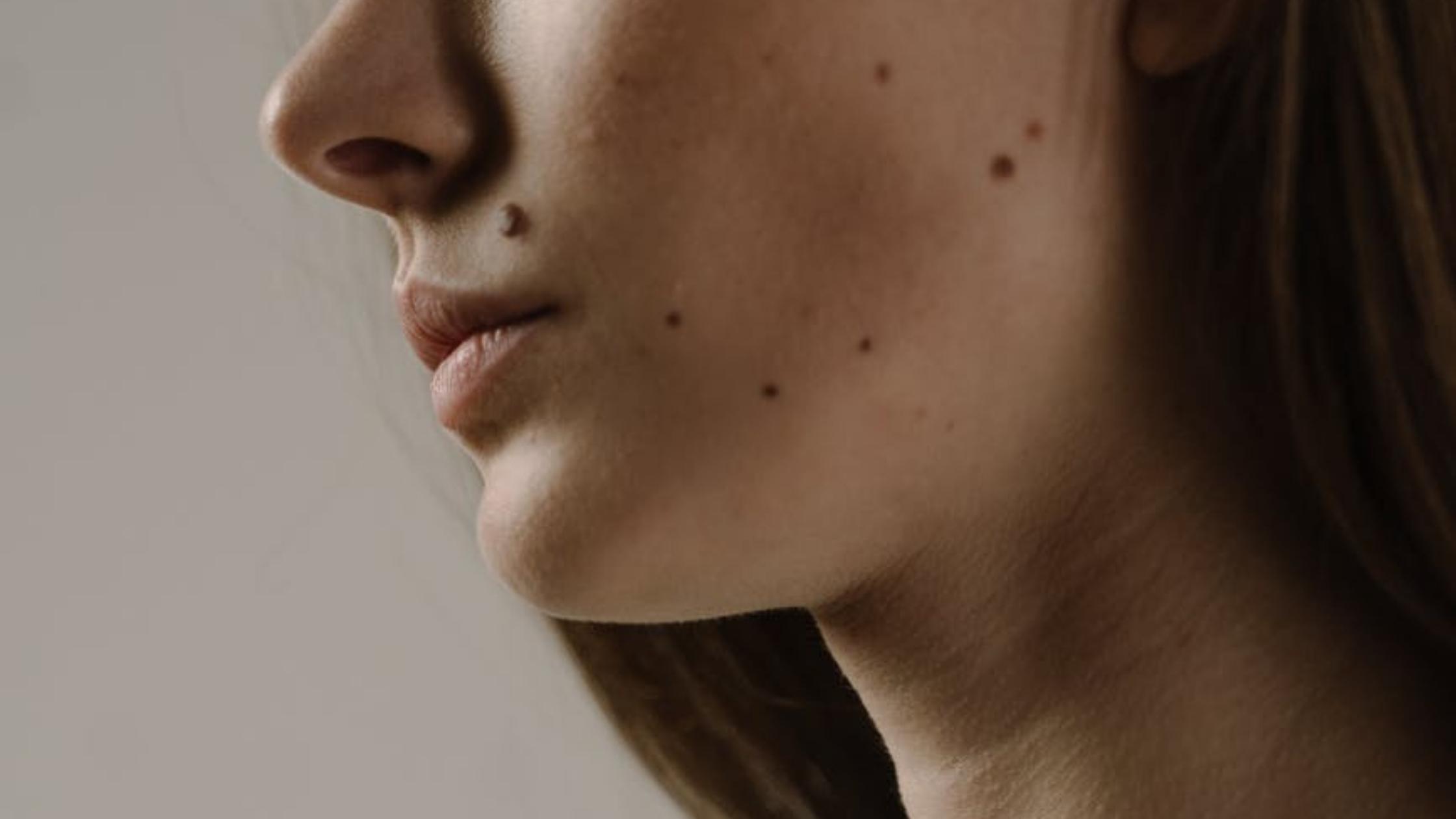Hair has an important role in determining a person’s personality. Hair disorders such as hair loss, hair thinning, and baldness significantly impact appearance and self-esteem. Hair problems like these can be heartbreaking, especially if you’re required to appear on-screen frequently or if your career requires a well-groomed appearance.
There are several options for men and women with baldness and hair thinning to restore some of their lost glory. A hair transplant is one alternative. Hair transplant has earned a lot of attention in recent years as a result of technological advancements.
Many celebrities have gotten hair transplants and spoken openly about them. Furthermore, continued research and technological advancements in hair transplantation have resulted in better results than the “plugs” and the horizontal scars suffered by transplant recipients earlier. Celebrities like Joe Rogan have been vocal about the horizontal scarring caused by the strip method.
Here’s how technology has evolved, as well as everything you should know if you’re thinking about getting one.
Considerations Before Getting a Transplant
If you’re considering hair transplantation but your most severe hair loss occurred in the last two or three years, you should first look at other hair restoration options, such as finasteride, minoxidil, and plasma therapies. If you try these other therapies for a year or more, you might get back active follicles atop your head and won’t need as much transplantation, if any at all.
So, it is imperative to discuss the possible risks associated with these other treatments with your board-certified dermatologist.
Advancements In Implant Technology
The precision of the equipment used in transplants has made the most progress in recent years. Nowadays, most transplants are performed using the Follicular Unit Extraction (FUE) method, which involves extracting and implanting each follicle using pen-like equipment. It is done one at a time, in a uniform, spread-out way, immediately from the rear of the scalp.
Each graft is then examined under a microscope and classified according to the number of hairs growing from it (between 1 and 4). These are then sorted so that they are distributed uniformly across the recipient area atop the head once implanted with the FUE pen.
The magic actually happens in the way the hairs are transplanted. FUE micro grafts are now so small that they can be extracted and transplanted with micro precision. Some approaches employ machine learning to achieve that not-quite-perfect precision. It is also why, in human hands, up to five surgeons and assistants will work together to remove, sift, and implant hairs to speed up the procedure while implanting one graft at a time.
You may also inquire about the direct hair implantation (DHI) version of FUE transplant with your potential surgeon. It streamlines the implant procedure by merging the clinician’s processes to build implant “channels” (i.e., tiny cuts are made for the new follicle to live). Compared to the standard FUE approach, the DHI method produces the cut and administers the implant in a single step, significantly reducing the time needed.
What Should You Expect
It is relatively a painless procedure, and you can return to work within a week following the transplant. The scabs usually go off between days 7 and 12. The only discomfort you should experience is when they first numb you. After that, you’ll have the necessary painkillers to go through the next day or so until everything feels normal. There might be some swelling that you can manage with a headband for three days – so don’t plan to return to work immediately.
For the first month, you must refrain from taking hot showers, using high water pressure, sweating excessively, engaging in strenuous physical activity, and exposing the area to direct sunlight for two months.
The transplanted hairs start to take on a natural appearance six months following the procedure and will continue growing for the rest of your life. The hair donor site shrinks to a thin, barely detectable incision line buried in the surrounding hair. After a year, however, you’ll see the full, thick hair.
Will My Transplanted Hair Fall Out?
Hair loss usually takes place on the top of our heads, not on the sides. The hairs on the top of our heads are genetically distinct from the rest, and they are more prone to thinning and falling as we get older. By transplanting hairs from the back of the head to the top, you’re effectively fixing the follicles tolerant to the same thinning and loss.
With that being said, you must be proactive in maintaining the health of the remainder of your hair on top – the hair that originally belonged there. If you don’t treat your hair with nourishment, it will continue to thin and fall out. A plasma, cellular, or laser treatment is usually included in a hair transplant surgeon’s package.
However, if you stick to a conventional hair-retention regimen, such as minoxidil and finasteride, you’ll avoid the most serious issues. Yes, you’ll have to maintain them for the rest of your life, or you might need a second transplant.
Hair Transplantation Cost And Factors Affecting It
In the United States, the cost of a hair transplant can range anywhere from $2,000 to $15,000. Hair transplants are classified as cosmetic treatments, and most health insurance companies do not cover them, so you will most likely have to pay out-of-pocket. Many clinics offer financing options to help you spread the cost and pay for the surgery.
The hair transplantation cost depends on several factors that include:
- Location: The cost of a hair transplant is affected by the total cost of living in your location, as well as the number of hair transplant surgeons in your area. In competitive markets with several providers, costs tend to be lower.
- Procedure: The cost of hair transplant surgeries varies based on the type of procedure chosen, tailored to your needs.
- Skill: A hair transplant may cost more if the surgeon has the expertise and superior skills. However, a higher price doesn’t always imply a superior surgeon, so shop around.
- Hair Loss: The quantity of hair you want to be transplanted has an impact on the price. Treatment in a few places will be much less expensive than treating hair thinning all over the scalp.
- Travel: You may need to travel to a top-rated specialist for a hair transplant, so you’ll need to figure out travel fees.
- Recovery: Don’t forget to include expenditures during recovery, such as medications and follow-up visits, when budgeting for a hair transplant.
Types Of Hair Transplantation
Hair problems affect both men and women these days, and if left untreated, it can lead to premature baldness and hair thinning. Generally, everyone loses about 50 to 150 hairs each day, and the hair will usually regrow. This re-growth does not happen if the hair follicle is thinned. As a result of natural aging and changes in hormones, both men and women experience some degree of progressive hair loss throughout their lives.
Hair follicles can be obtained for transplantation using two methods:
- Follicular Unit Strip Surgery (FUSS)
Also known as Follicular Unit Transplantation (FUT), FUSS is a procedure that involves removing a strip of healthy hair from a donor area, usually, the rear of the scalp, where missing hair is less noticeable. The donor strip is then transferred to a balding area. The treatment creates a visible linear scar in the donor area, which may be an issue for people who keep their hair short.
The excised strip is then divided into thousands of tiny fragments, called grafts. These grafts are then inserted into punctured holes made by the surgeon on the scalp. The surgical sites are covered with bandages or gauze. The transplantation procedure takes about 4 hours or more, depending on the area to be covered.
- Follicular Unit Extraction (FUE)
A newer form of hair transplantation is harvesting single follicular units (hair follicles) from a big donor zone and transplanting them into a thinning area. The surgeon removes individual hairs from the scalp using tiny extraction, which causes minimum scarring. On the other hand, FUE takes longer to conduct and can only cover a smaller treatment area than FUT.
The primary difference between FUT and FUE is the extraction of the follicular units from the donor sites. FUE may seem more expensive than FUT in terms of cost because it needs a lot of the surgeon’s time. FUE, on the other hand, may lead to reduced costs per transplanted hair.
Conclusion
If alternative hair-growth treatments have failed, hair transplant surgery may be a viable choice. Hair transplantation can be done in several ways. As a result, working with a healthcare physician to determine which surgery will best fulfill your objectives is crucial.
Look for a trained expert who has dealt with hair loss and restoration before. Hair transplant surgery should also be considered from a practical standpoint. Consider the practical implications of hair transplant surgery, the price, and the time it will take for you to recover between sessions.
Consulting an experienced and qualified surgeon can help you take the best hair transplant treatment and procedure. The most important decision about hair transplantation is the surgeon you choose. Remember that both FUSS and FUE can and do result in scarring more often than not. But, this is hidden as a result of hair growth.
If you choose to have a clean shaved head in the future, hair transplantation may not be right for you as the scars will be visible.
Discover the best hair transplant surgeons through Zwivel.









